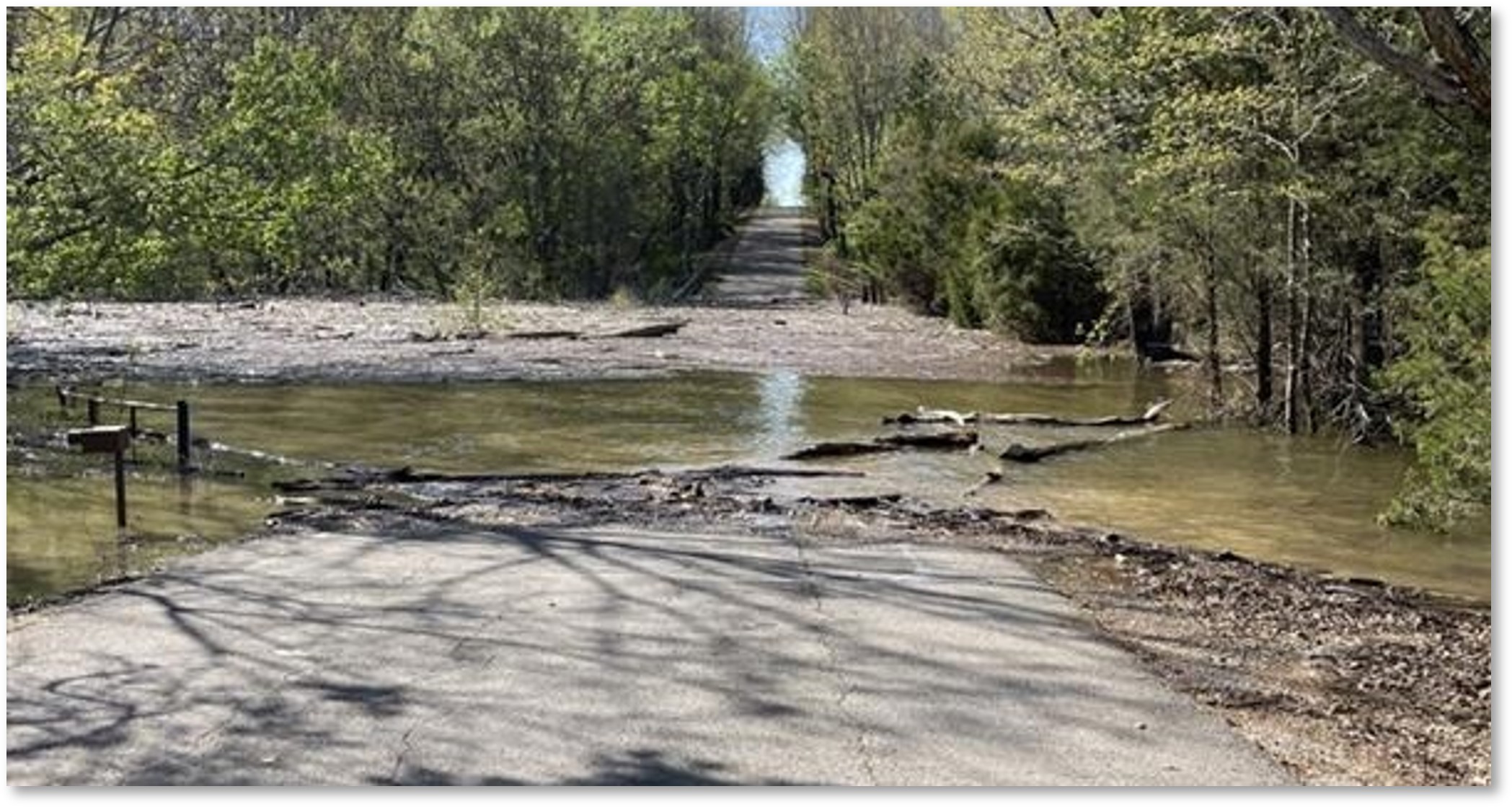Book review: ‘War Stories of the Battle of the Bulge’ fails to give a coherent picture of fight
Published 12:00 am Sunday, June 12, 2011
On Dec. 16, 1944, the German army launched a major counteroffensive against the American Army in the Ardennes. Organized into three armies, the 6th Panzer, the 5th Panzer and the 7th Army, the Germans attempted to drive a wedge between the American and British Armies in northern Europe. Caught by surprise with few reserves, the Allied High Command ordered the 82nd and 101st Airborne Divisions and newly arrived 11th Armored Division into the path of the German onslaught and began to move as many units as possible from their sectors of the line into the battle. By Dec. 25, elements of Patton’s 3rd Army had linked up with the 101st Airborne at Bastogne.
After a month of heavy fighting, the German offensive was stopped and thrown back. Losses, however, were very heavy. Allied casualties were more than 80,000 (all but 1,400 were Americans) and German casualties were more than 120,000, as well as almost all of their armor, weakening their ability to halt the Soviet offensive against Berlin that began in March.
Divided into four sections, “The Germans Attack,” “The Americans Fight Back,” “Christmas in the Ardennes,” and “Closing the Bulge,” “War Stories of the Battle of the Bulge” presents a variety of firsthand accounts of the soldiers who fought there. Almost all of the accounts were first published in the “Bulge Bugle,” a quarterly newsletter of the veterans of the Battle of the Bulge Association.
In the first section almost all of the accounts focus on the lack of preparation for the German assault (it was deemed a quiet sector by Allied intelligence) and the speed of the attack. Many of the accounts were from veterans of the 28th and 106th Divisions. The 28th was a veteran division that had seen a lot of combat and the 106th had just arrived from the U.S. and had been sent to the Ardennes to get it ready to send into a more active sector. Leon Settee of the 106th remembered his capture when his entire regiment surrendered after being surrounded by the Germans. On the other hand, Charles Haug’s regiment in the 28th Division was able to conduct a fighting withdrawal despite heavy losses. Both stressed the confusion, the cold and the uncertainty that permeated their units during the attack.
Within a few days the Americans began to fight back, reserves were committed, Patton’s 3rd Army shifted the axis of its attack to the north, spearheaded by the famed 4th Armored Division and the divisions on the flanks of German attack began to contain and channel the offensive (the reason it is called the Battle of the Bulge). Dustin M. Aughenbaugh of the 10th armored and Sam Peters of the 26th Infantry Division were part of Patton’s relief force and recalled the difficulty of moving through the waist-deep snow to relieve the Americans at Bastogne.
The most poignant section of the book deals with celebrating Christmas in the midst of the battle. Some such as George Speck (75th Division), Harold Horowitz (30th Division) and James Herrington (101st Airborne) remembered that they were wounded on Christmas Day and were evacuated. Almost all the others recounted the efforts of support personnel to get hot turkey dinners to everyone on the front lines.
Almost all of the veterans commented on the intense cold (it was the coldest winter in Europe in 50 years), the inadequacies of American equipment, especially the boots and overcoats, the lack of food and the confusion. In the end the training and the inspired leadership of the commanders, from squad leaders to generals such as McAuliffe and Patton, made the difference.
“War Stories of the Battle of the Bulge” is a disappointing book. While the veterans’ stories are interesting, the book’s introduction was weak, filled with information and statistics that were basically lists giving the casual reader no coherent picture of the battle. The individual accounts contain no notes or additional information that would have made their stories fit together. Instead what you have is a bunch of stories, loosely organized, clipped together with no real effort to provide a context for the reader. The Battle of the Bulge and its American veterans certainly deserve better.
— Reviewed by J.W. Thacker, department of history, Western Kentucky University.






